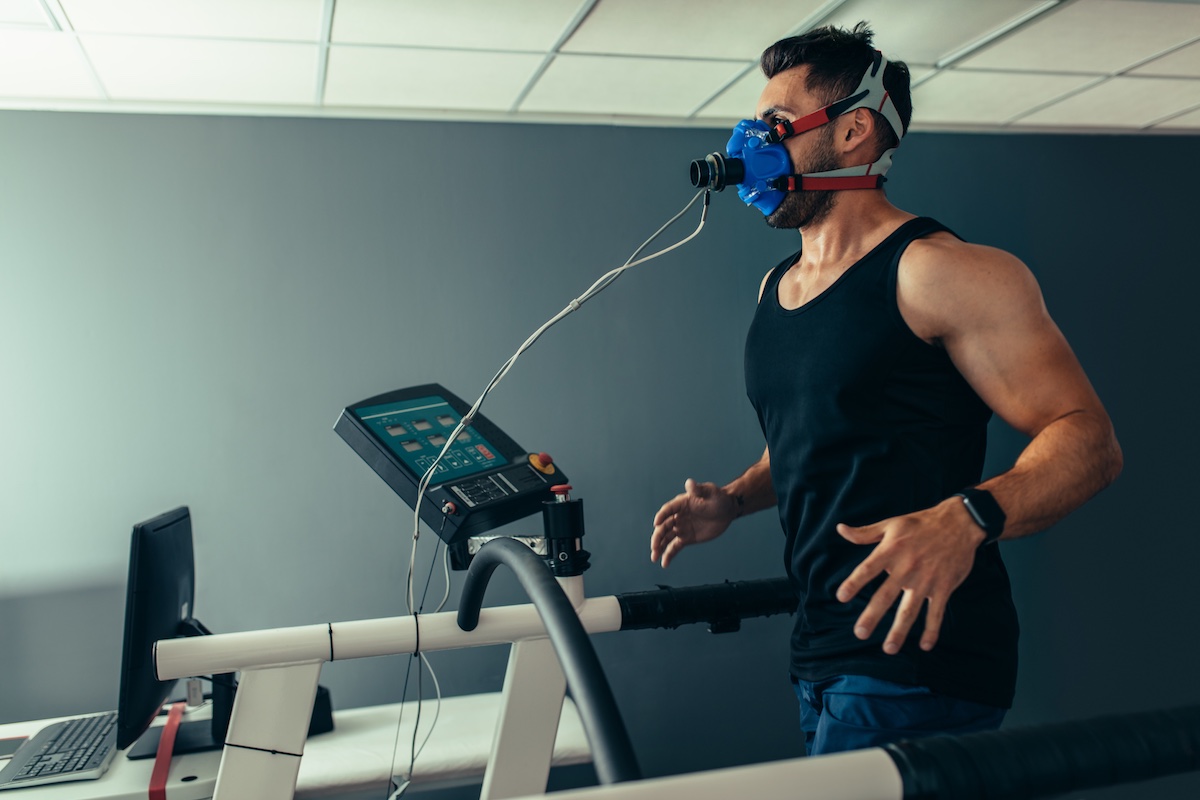
Our breath constantly converts our life-sustaining energy, taking in oxygen, invigorating red blood cells and expelling carbon dioxide, which is a metabolic waste product.
By mastering the art of deep breathing, increased oxygen floods into the body, eventually helping the heart pace to slow down to create feelings of calmness and relaxation.
Benefits of Deep Breathing
1. Breath Increases Energy
2. Breath Improves the Respiratory System
3. Breath Calms the Nervous System
4. Breath Strengthens the Lymphatic System
5. Breath Releases Muscle Tension
6. Breath Improves the Cardiovascular System
7. Breath Elevates the Digestive System
8. Breath Affects Our Mental State
9. Breath Keeps Us Looking Youthful
Techniques of Deep Breathing
Alternate nostril breathing
known as nadi shodhana pranayama in Sanskrit, is a breathing practice for relaxation. Alternate nostril breathing has been shown to enhance cardiovascular function and to lower heart rate.
Nadi shodhana is best practiced on an empty stomach. Avoid the practice if you’re feeling sick or congested. Keep your breath smooth and even throughout the practice.
To do this:
- Choose a comfortable seated position.
- Lift up your right hand toward your nose, pressing your first and middle fingers down toward your palm and leaving your other fingers extended.
- After an exhale, use your right thumb to gently close your right nostril.
- Inhale through your left nostril and then close your left nostril with your right pinky and ring fingers.
- Release your thumb and exhale out through your right nostril.
- Inhale through your right nostril and then close this nostril.
- Release your fingers to open your left nostril and exhale through this side.
- This is one cycle.
- Continue this breathing pattern for up to 5 minutes.
- Finish your session with an exhale on the left side.
4-7-8 Breathing
To practice 4-7-8 breathing, find a place to sit or lie down comfortably. Be sure you practice good posture, especially when starting out. If you’re using the technique to fall asleep, lying down is best.
Prepare for the practice by resting the tip of your tongue against the roof of your mouth, right behind your top front teeth. You’ll need to keep your tongue in place throughout the practice. It takes practice to keep from moving your tongue when you exhale. Exhaling during 4-7-8 breathing can be easier for some people when they purse their lips.
To do it:
- First, let your lips part. Make a whooshing sound, exhaling completely through your mouth.
- Next, close your lips, inhaling silently through your nose as you count to four in your head.
- Then, for seven seconds, hold your breath.
- Make another whooshing exhale from your mouth for eight seconds.
- When you inhale again, you initiate a new cycle of breath. Practice this pattern for four full breaths.
Pursed lip breathing
This simple breathing technique makes you slow down your pace of breathing by having you apply deliberate effort in each breath.
You can practice pursed lip breathing at any time. It may be especially useful during activities such as bending, lifting, or stair climbing.
To do it:
- Relax your neck and shoulders.
- Keeping your mouth closed, inhale slowly through your nose for 2 counts.
- Pucker or purse your lips as though you were going to whistle.
- Exhale slowly by blowing air through your pursed lips for a count of 4.
Source https://www.healthline.com/health/breathing-exercise
More on Fitness & Nutrition






Leave A Comment
You must be logged in to post a comment.